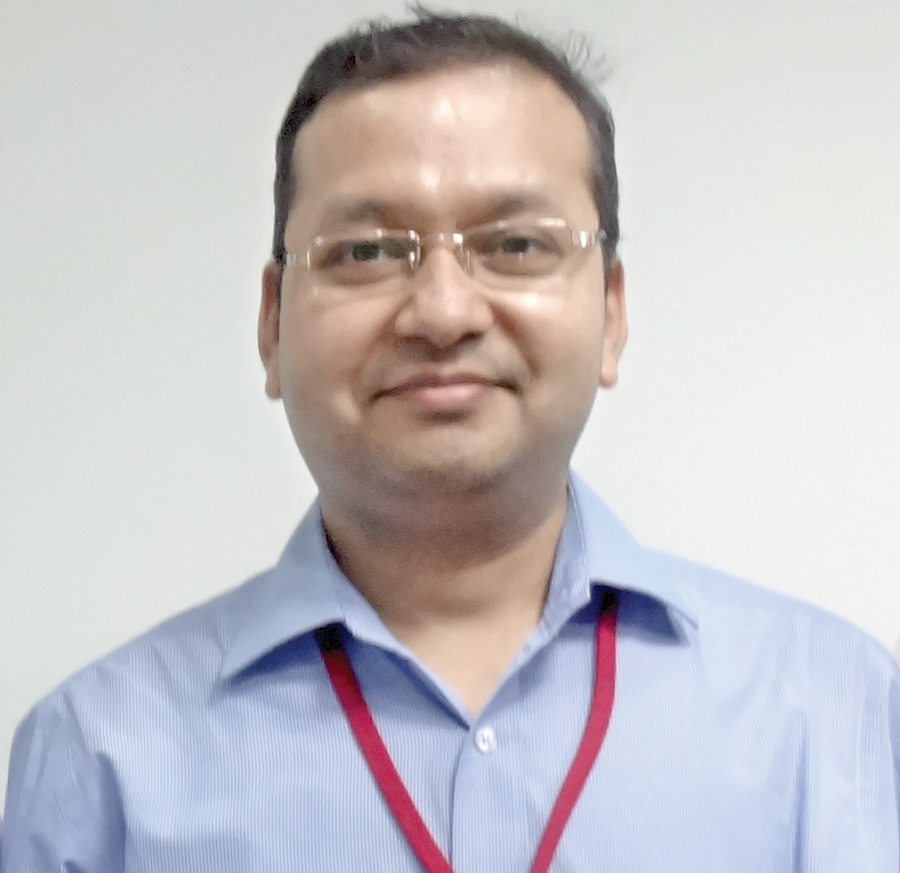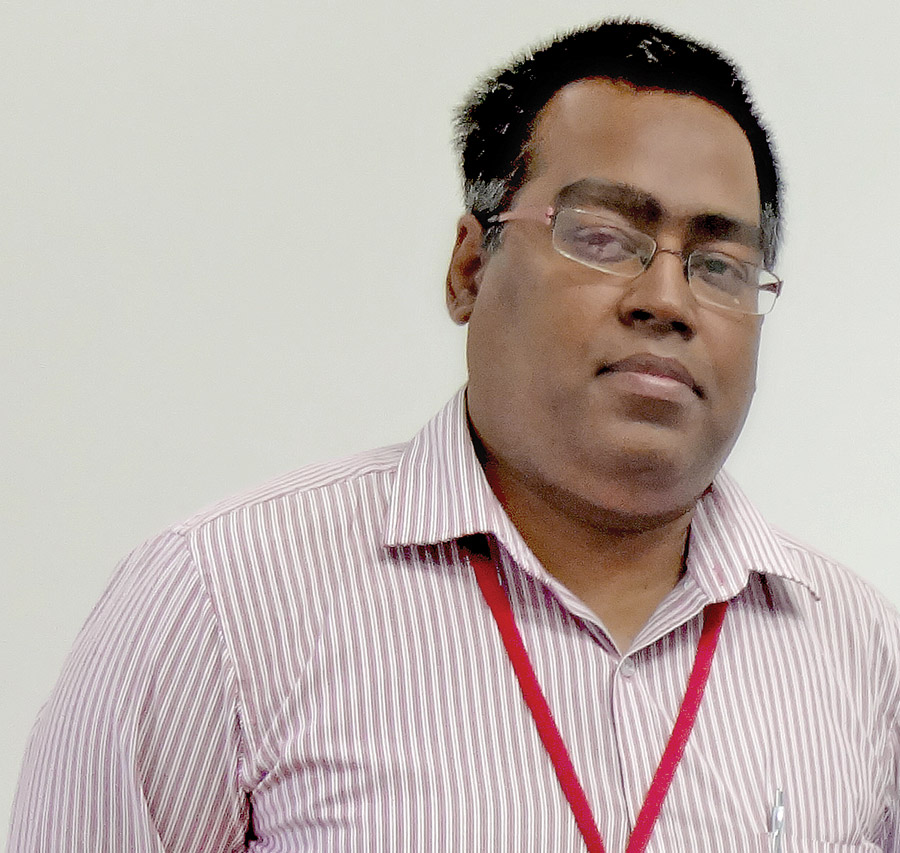
The relationship between an apparel manufacturer and a consultant assigned for increasing their manufacturing output and efficiencies, venturing into a new product, installing new technologies or for improving internal SOPs, is a very fragile and often a very short-lived one. Reasons may vary from lack of commitment from the management to the consultants falling short of their committed deliverables. An exception to the same is the relationship between SAP Apparels and ACS Consulting & Sourcing Services. Highlighting the significant efforts of ACS in establishing the high-end dress shirt manufacturing operations of SAP Apparels in Bangalore, StitchWorld puts together a case study.
SAP Apparels has a long history in apparel manufacturing, with operations in Morocco since 1956, but as the wages were getting higher in the country, the company moved its shirt manufacturing operations to India in 2011, primarily due to the Indian origins of the top management. However, being a native of the country and having manufacturing know-how is not enough for setting up operations in a new country, so the company took the services of ACS, a niche management consulting and sourcing firm, co-founded by two NIFTians – M.S. Pradeep and Abhishek Kumar – in 2009, with a combined experience of three decades of working in Madura F&L and KSA-T, handling brands like Louis Philippe, Tommy Hilfiger, M&S, etc. They have assisted various firms through business engagements in e-commerce, strategy, start-ups, BPR, supply chain, sourcing, etc. and their client list includes reputed companies like Laguna, PMPL, Meridian among others. ACS got involved with SAP Apparels right from site selection to manufacturing and marketing. “It is easy to set-up a dress shirt factory in Bangalore because of the availability of skilled workers, but the challenge was to setup a factory working on lean manufacturing systems from day one,” avers Abhishek, who defines lean manufacturing as a process of removing non-value added activities by addressing the 7-Waste of manufacturing as laid out by lean management.

The process started with a project feasibility study and fixing responsibilities, followed by the budget allocation of US $ 500,000 for a 100-machine state-of-the-art facility. A three-storey building having large halls and requisite structural strength for bearing the load of the equipment and proximity to labour was selected. With minimal structural changes, the raw materials warehouse was established at the ground floor, fabric cutting section on the first floor and sewing at the second floor.
The next phase was the selection of equipment, which was influenced by the already established business model of SAP Apparels, which envisaged small quantities of high-end dress shirts for the European and Indian market. “Since the quantities were small, it was not feasible to go for automatic cutters and spreaders, but we did install pin tables as check and plaid matching were decisive to the quality of the end-product,” explains Abhishek.
The company brought in standard computerized sewing machines from Juki, due to the variations in the styling of the product and small quantities. The sewing section also has specialized machines for operations such as the placket attaching machine, which is done on a Kansai machine with a NgaiShing folder which can directly attach the fusing and placket in one operation. In another ‘Jugaad’, a fine pipe was fitted to the left of the presser foot to blow air at the seam which helps the operator to manage the fabric and keep the frayed edge within the seam. There was also no compromise on the finishing and fusing equipment as it is essential for the high value product being done by the company.
Since most of the apparel manufacturers are looking at lean manufacturing for faster turnaround times and greater flexibility of sewing lines in the running factories, it was a challenge for ACS to establish a lean unit right from the inception. Once the infrastructure was in place, the first priority was hiring sewing operators with complete know-how of the sewing operations and a trainable mindset for accepting the lean systems. “We hired operators with 1 to 5 years of experience working as a sewing operator at a shirt factory. We also conducted the ball & tube test for testing the eye-hand coordination of the operators, the pin board test and peg board test for gauging their dexterity, along with psychometric analysis for assessing their trainability. For recruitment at the middle-level management, the focus was more on the psychometric analysis as we wanted people to unlearn outdated ways of working and learn the new ways of lean manufacturing,” asserts Abhishek.

The middle-level management was trained to identify the value-added and non-value-added activities and identify the bottleneck operations in any process, along with swift decision making skills. While for workers at the operator level, the focus was on ‘right first time’ quality, the cutting & spreading personnel were briefed on aspects such as nap side, face side, zonal markers, stepped lays and splicing along with methods for maximizing marker efficiencies and maintaining cutting accuracy. “We communicated to every single employee how their individual efforts and actions are directly linked to the organization’s growth and in turn their own growth,” shares Pradeep.
Presently, SAP Apparels has two sewing lines with integrated finishing and packing, producing 1,400 shirts per day. ACS would have also integrated cutting if the space would have allowed. To minimize the wastes of transportation, the part preparation and final assembly have also been integrated in one single line. “With online finishing quality issues get highlighted immediately in this system, which results in lower ‘Cost of Quality’. The production output and efficiency is enhanced at lower WIP levels, which translates to faster throughput time with lower inventory cost,” explains Abhishek. Although ACS placed in-line and end-line quality checkers, as it intends to have a QC free sewing line by focusing on ‘right first time’ quality. The quality is also ensured by 100% cut part inspection.
“We have been associated with ACS since our inception and the association has been very fruitful for us. They paid close attention on developing a strategy that coalesced with our mission, thus making them organic. Not only that, even the implementations were swift.” – Parthiv Melwani, Director, SAP Apparels
Of the two sewing lines, one is specialized for handling a regular shirt with less than 20% variations and the other line for sewing shirts with more than 20% variations. Operations like piping in the placket and collar, yolk made of two different fabrics, sleeve placket made of two different fabrics, collar band made of a different fabric, saddle stitch and slit at the bottom of the side seam, are dealt with in the part preparation lines and the assembly line is not disturbed. “The sewing line capable of handling shirts with more than 20% style variations has skilled operators in the part preparation lines who take care of every variation in the product at the part preparation stage only, so that the assembly line is not impacted,” explains Pradeep.
The next goal for ACS, for attaining operational excellence, was to recognize and reduce the non-value-added activities. “We have a database of standard work methods in the form of videos and documents, which we use to train new workers and retrain experienced workers. This method ensures the removal of non-value-added activities from the manufacturing process,” asserts Pradeep. This not only involves removal of some operations but also combining two operations, for example collar attaching and collar finishing, i.e. top stitching on the collar seam. Similarly, collar and cuff matching points have been removed from the sewing line. “By this methodology‚ we were able to increase the skill matrix of the sewing operators,” concludes Abhishek.






